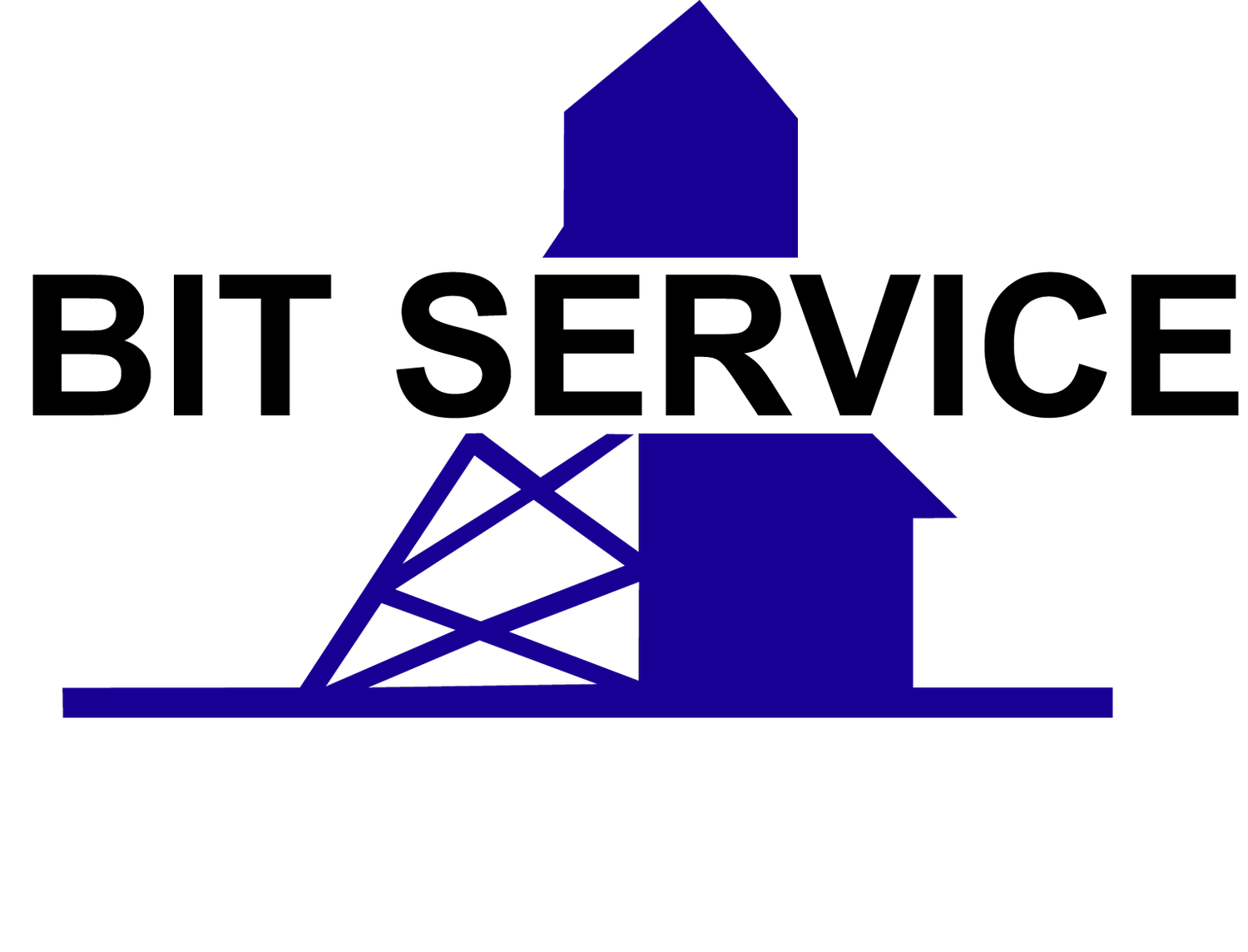Top 5 Advantages of CAD
Scott Bahr
Computer Aided Design, or CAD, is a type of software used by industries across the board when creating drafts and models for many clients. It can be used to create things like 2D drawings and 3D models with increasingly precise measurements. At Bit Service, we can fully visualize designs in 3D before starting fabrication, which allows us to create customizable designs and maximize productivity for clients. Here are some of the incredible benefits that CAD offers.
1. Increased productivity
Using CAD software, designers can create the design, edit, and test the design against real-world variables. Not only does this lead to better quality designs, but it means the process of designing is much faster and more accurate. Using CAD provides teams the ability to compete in an increasingly competitive global market by speeding up the overall design process while retaining the quality of the designer’s work.
2. Improved quality
With CAD, you can better control the quality of the final product with the easy ability to investigate errors, diagnosing of a problem, and solving any issues within the software space before prototypes are made. With increasing accuracy, errors are dramatically reduced and lead to better design in general. Not only does this contribute to a speedier design process, but it also means the process can be far less costly. Less waste, less time, and a better product mean using CAD is a no-brainer when it comes to design.
3. Easy to change and alter
As noted above, going back to the drawing board isn’t necessarily ideal when it comes to design because it means starting to scratch and manually figuring out issues with a design. Many problems with a design can be addressed before the is ever created. When there are revisions, it’s simple to go back to the design in CAD and edit the existing file rather than reworking it on paper. This element affects the overall time of the project, which is much more efficient when dealing with a competitive market.
4. Documents the process of design
One of the most important parts of designing is ensuring the process is documented. When elements are changed and altered, it’s vital to be able to go back to a former iteration to see what was done to change the design. It’s also important that the measurements, angles, dimensions, and all other aspects of the final design are recorded for when the actual building process begins. Through the use of CAD, you can easily save these design elements (saving yourself the time of writing it all down) and generate a bill of materials to pass on to the manufacturer.
5. Better communication and sharing ability
The ability to communicate and share your idea with the rest of your team and to clients is an aspect that can sometimes be difficult to articulate. With CAD, you can produce 3D models that can then be easily and tangibly explained and shared.
